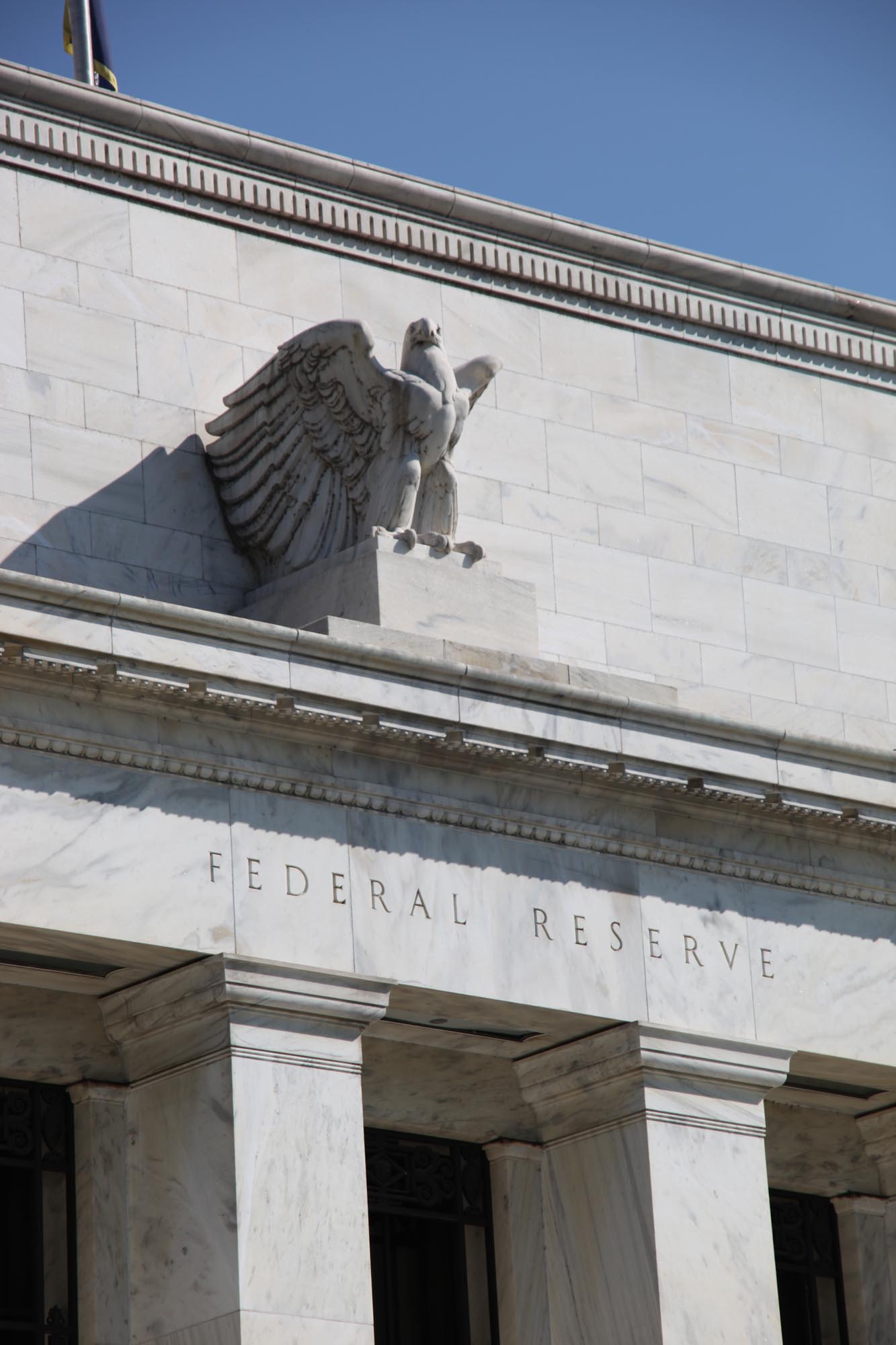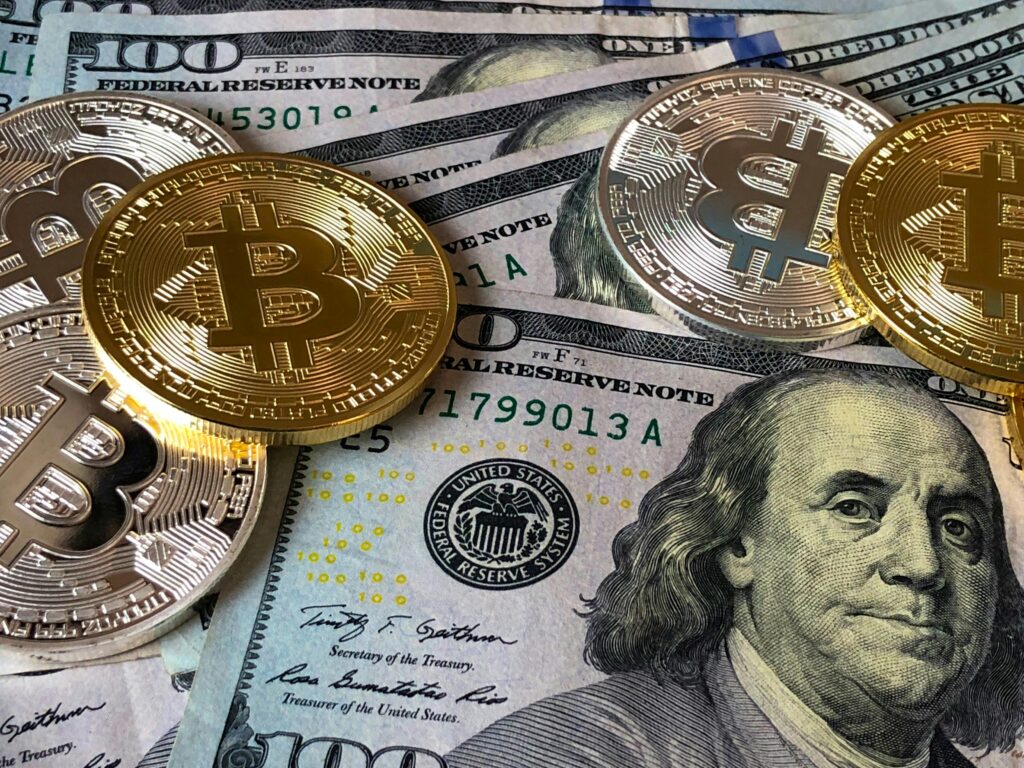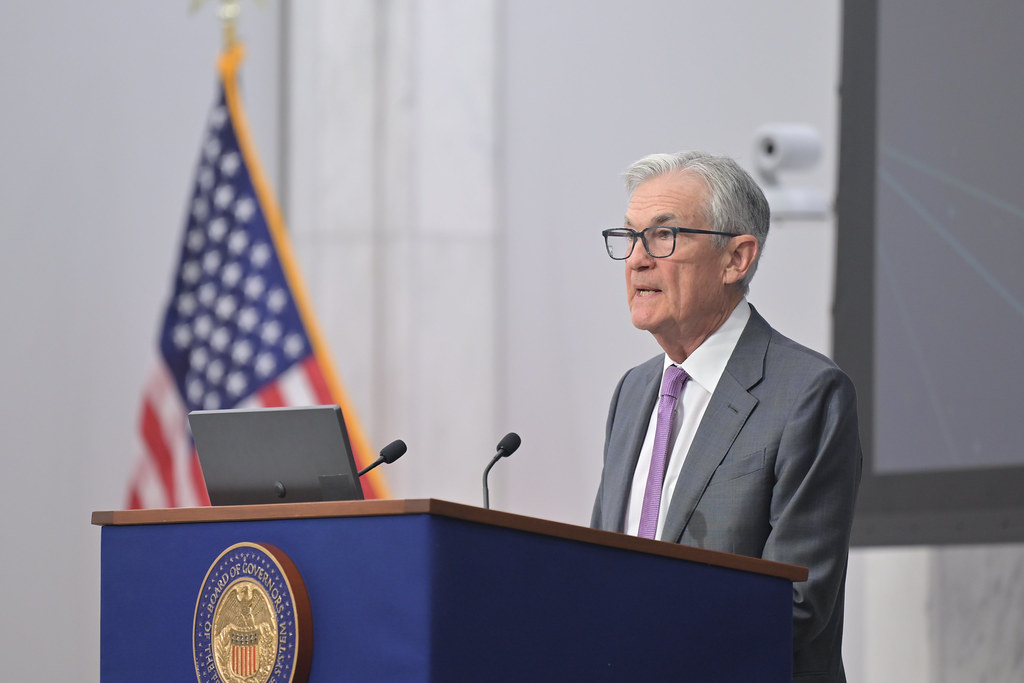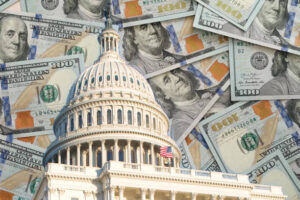Fed Meeting Today: Why the Fed Cut Rates 25 bps and What It Means for Consumers

Intro: The quick answer
Yes. Currently, during the Federal Open Market Committee (FOMC) meeting, the Federal Reserve reduced its target rate by 0.25 percentage points to 4.00-4.25 per cent. It is the first rate cut by the Fed since December of last year, and the committee indicated that further loosening would come in the latter part of this year.
It is this decision that can be seen as an effort by the Fed to address two urgent problems: the declining rates in job creation and the steady inflation standing at well above the 2% target.
Why the Fed Cut Rates Now
The official Fed statement was optimistic yet apparent. The economy has decelerated, employment growth has slowed, and unemployment has also risen. Inflation has improved but remains too high and above target.
The resulting mix of elements of a lighter labour market and enduring inflation put the Fed on the edge of the knife. A bigger reduction would put another potent source of inflation, and leaving it alone would empower unemployment to rise. Accordingly, the Fed opted to reduce the interest rates cautiously by 25 basis points to indicate cautious rather than panic reduction.
Analysts maintain that this action was aimed at sustaining growth, and Paul escaped the price ahead. It was also left open to further cuts by the central bank in case things deteriorate.

How the Fed Voted
It was also not a unanimous decision.
- Majority opinion: The bulk of FOMC members supported the reduction of the discount rates by 25 points.
- Dissenting view: one member would have favoured an even deeper 50 bps cut, since the slowdown should have elicited an even more compelling response.
This thin slice indicates that although there is a convergence within the Fed on the importance of easing, it does not intend to take bold steps in the process of doing so at the risk of losing credibility on the inflation issue.
Impact on Mortgages and Consumer Loans
Mortgage Rates
Whether mortgage rates will fall is one of the largest household questions.
- Regimented mortgage rates do not change at once at the Fed rate; it is related to the 10-year treasury yield and aggregate credit markets.
- Today, Treasury yields fell following today’s cut, and, ultimately, this must bring mortgage rates down.
- On the part of homebuyers, this implies and reduces over time the cost of borrowing, but the reduction will probably not be immediate, but rather over a span of several weeks.
Auto Loans and Personal Loans
- The credit products, short-term, such as an auto loan, credit cards and personal loans, are more responsive to a change in the Fed.
- It also tends to reduce variable loan rates presently when the Fed decreases.
- This move could work affordably in a short period when you are ready to purchase a car or take a personal loan.

What It Means for Savers and Fixed-Income Investors
Any reduction in the rates is bad news to the savers and good news to the bondholders.
- Deposit Accounts: Against the Background, Banks can slowly reduce the rates on savings accounts, money markets, and CDs. Those savers who received a high payoff in recent months will find themselves receiving reduced payments.
- Bond Investors: A Decrease in interest rates tends to push up the price of the product. It implies that current bondholders will grow their profits. It will be inflation that will dictate the improvement of real returns.
Investopedia says the tradeoff is obvious: borrowers will gain, and savers will have to work extra hard to earn yield.
Impact on the Stock Market and the Dollar
- Stock Market: The Stock market can be boosted by a reduced borrowing rate. Typically, growth areas such as tech will gain, and the financial sector will fall behind (the financial sector would get higher returns and credit), as it might be making money on this.
- US Dollar: The Dollar fell relative to major currencies following the announcement. The previous impact is that a weaker dollar results in lower prices on exports, which in turn pressurises US imports.
Reuters said that investors remained wary as the trimming reflects a weak economy instead of a strong one.

Risks and What to Watch Next
The Fed clarified that subsequent decisions were to be based on the incoming data. Three areas stand out:
- Inflation Trends -Should there be another reacceleration in inflation, the Fed could run out of options to cut.
- Labour Market- Payroll data and the rate of unemployment will influence whether a continuation of the ease will happen.
- Financial Conditions- In case of increased spread in credit or tightness of the rest of the banks in providing credit, then the Fed would have to step up.
All projections made by the so-called dot plot are meant to indicate that there can be a further decrease in the general rate by the end of 2025, but they are only ideas. This will depend on the data in each meeting.
Practical Takeaways for Readers
Homebuyers: Monitor mortgage news over the next days. Minor gains can provide an opportunity to secure funds.
Borrowers: If you have variable-rate loans or credit card debts, a refinance can help to save money.
Savers: Compare to find decent deposit savings since banks can reduce payouts rapidly.
Investors: Basically, the investor would want to balance the risk of interest rate-sensitive industries, namely, real estate, banks and utilities. Look at coming up with other assets that are less reliant on the cost of borrowing.
FAQ
Conclusion
In monetary policy, the Fed would be taking a prudent step by deciding to reduce rates in July 2025. It carries apprehension about a sluggish labour market but remains conscious of the above-target inflation.
To the household, this will have different effects since the borrowers and the investors in growth assets would be the beneficiaries, and the savers would be the victims. To the economy at large, a lot is hinged on the ability of inflation to keep falling and the employment rate level off.
Nothing is certain, given that the Fed has indicated that it is willing to make further rate reductions later this year. The ultimate focus now is on the forthcoming jobs report and inflation, which will serve as the reason behind the second action of the central bank.







2 thoughts on “Fed Meeting Today: Why the Fed Cut Rates 25 bps and What It Means for Consumers”